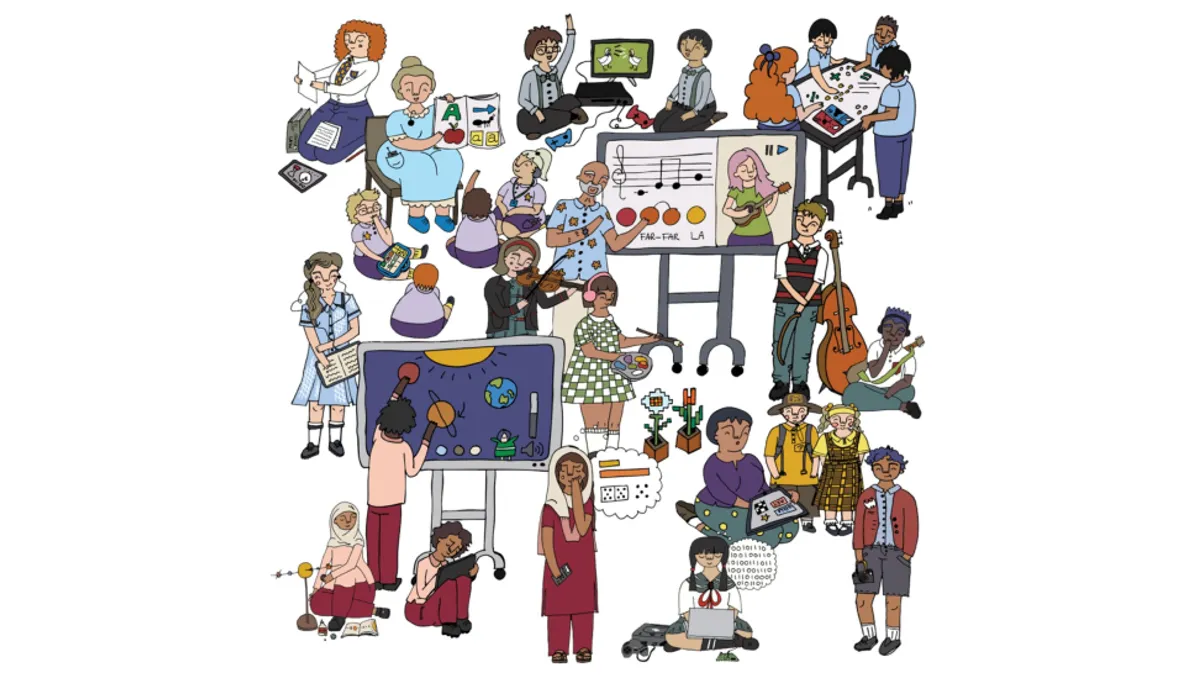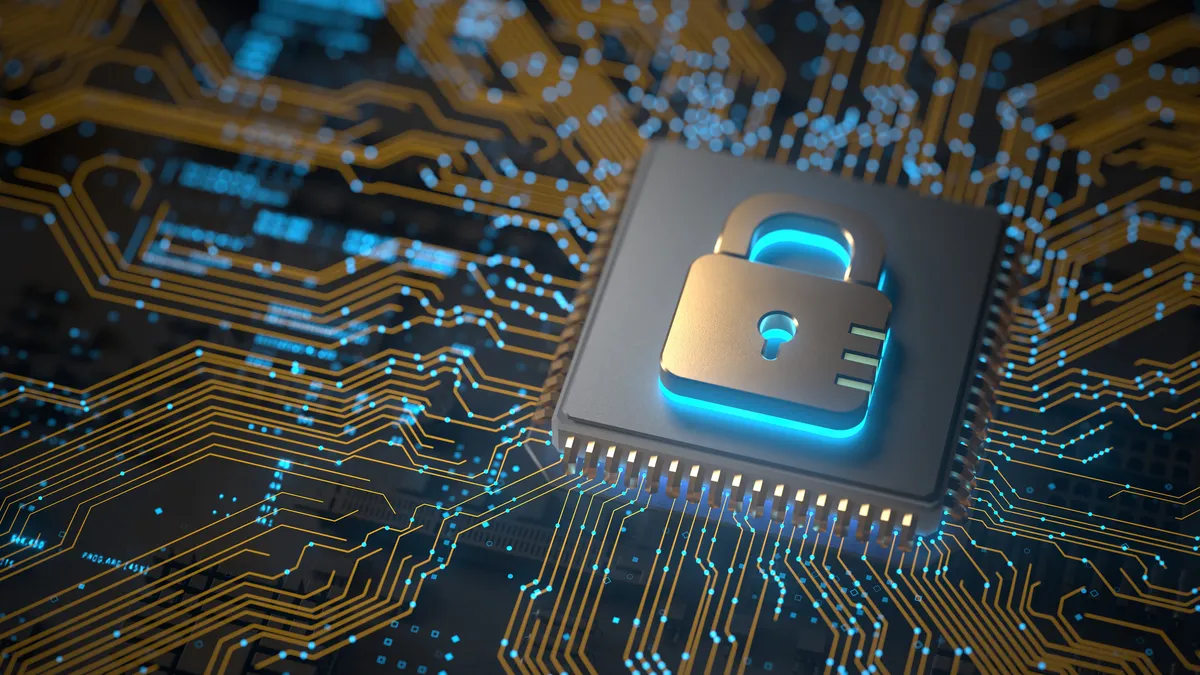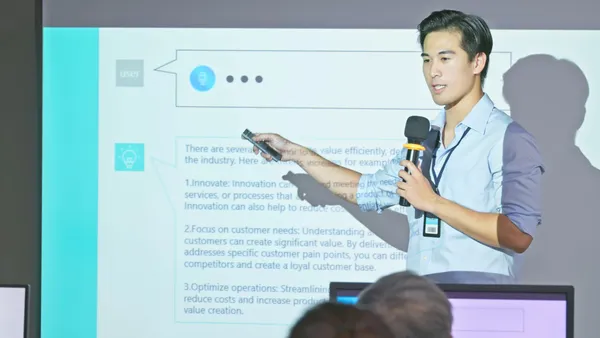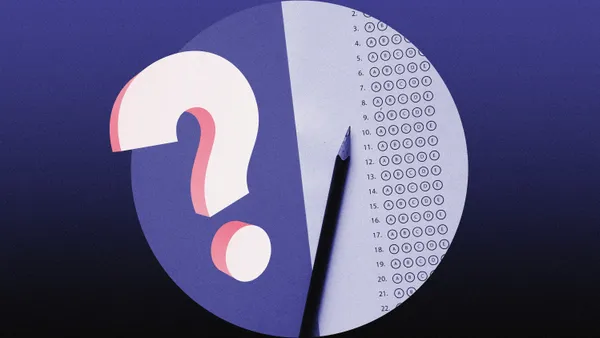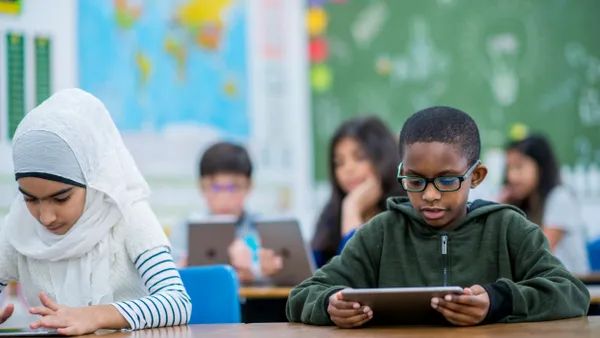As the neurodiversity movement has gained increasing momentum, our knowledge of neurodivergence has also expanded and more and more learners are being identified as being neurodivergent. Neurodivergence is an umbrella term that refers to neurological differences that fall outside what are considered the ‘typical norms,’ and these neurological differences may meet the criteria for a formal diagnostic label such as autism, attention-deficit hyperactivity disorder (ADHD), dyslexia, or dyscalculia. Historically, many neurodivergent learners whose presentations did not align with stereotypes were not identified (such as in the case of autistic girls, women, and gender-diverse people) and they often did not receive support to help them thrive.
SMART Technologies and the University of Melbourne partnered to study how technology and Universal Design for Learning (UDL) support neurodivergent learners across six different schools. When reviewing existing research on supporting neurodivergent learners at school, it became clear that there was a lack of child voice in the studies. Autistic learners’ perspectives were less frequently sought compared to other diagnostic labels.
To address this gap, the research team interviewed students to learn what works best for them. Associate Professor Matt Harrison, Jessica Rowlings, Dr. Emily H. White, Melissa Vallence, and Dr. Nikita Potemkin, all with lived experiences of neurodivergence, set out on a mission to enhance neurodivergent perspectives so that we can better meet their needs.
Through classroom observations and interviews with staff and students in the six case study schools, the research team developed 36 recommendations to support the effective use of digital technologies to remove barriers for neurodivergent students in the classroom. The recommendation of using a visual activity schedule to create a structured, predictable classroom environment was particularly effective for autistic students who often thrive in a sense of routine.
Visual schedules help students know what to expect in their day, which often reduces anxiety for autistic students and helps them transition between tasks. The research team observed this strategy implemented in both digital and physical forms. One teacher used a digital activity schedule in Lumio on their SMART Board for their morning check-in routine, while another wrote the day’s activities on a physical whiteboard to erase after each task was completed.
Many autistic students also benefitted from access to individual personal physical or digital whiteboards during class activities. When explicitly taught how to use these resources, students were able to use them to independently manage cognitive load, rehearse their ideas, and request feedback. Individual whiteboards can also help provide communication flexibility for autistic students, as they can write or draw their ideas or request help without speaking if they do not feel comfortable speaking aloud. In one classroom, students used physical mini whiteboards to write individual responses before copying their answers to the SMART Board during whole-class activities. This strategy helped reduce pressure for autistic students, giving them time to prepare rather than being put ‘on-the-spot.’
Everyone has the right to be safe, happy and learning in their classrooms, and effective integration of digital technologies can create the conditions for many autistic learners to thrive. The flexible nature of many technologies accommodates autistic students’ differences and encourages them to communicate and engage in ways that work best for them. By getting to know autistic students as individuals, we can identify their strengths and areas of need and implement digital tools alongside evidence-based teaching strategies to promote their engagement in class.
When autistic identities are welcomed and differences are supported, we can create truly inclusive learning environments that celebrate our students for the wonderful, unique learners that they are.
About the Author
Jess Rowlings is a qualified speech pathologist and researcher at the University of Melbourne who specializes in video game-based intervention to build social capacity in neurodivergent children. Jess is also the co-founder and CEO of Next Level Collaboration, a social enterprise that runs strength-based programs supporting collaborative skill development and social connection for neurodivergent children using cooperative video games. Jess’ work is informed by her lived experiences of autism and ADHD, along with her personal lifelong love of gaming. She is also completing her PhD investigating the experiences of neurodivergent women in gaming communities.

